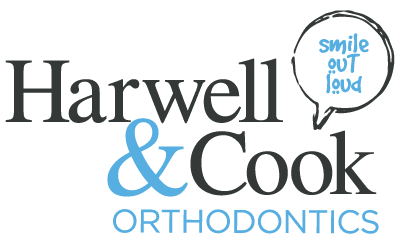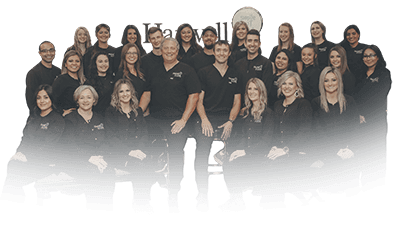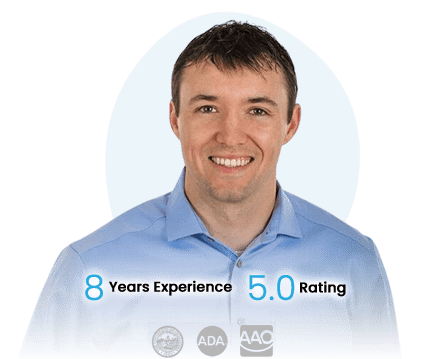helping you and your family smile out loud
Dr. Anthony Harwell Jr. and Dr. Tanner Cook are motivated to provide the best orthodontic treatment available in Texas and Oklahoma Panhandles.
Our trusted orthodontists, Dr. Harwell and Dr. Cook, strive to provide a comfortable and welcoming experience whether you’re a child or an adult.
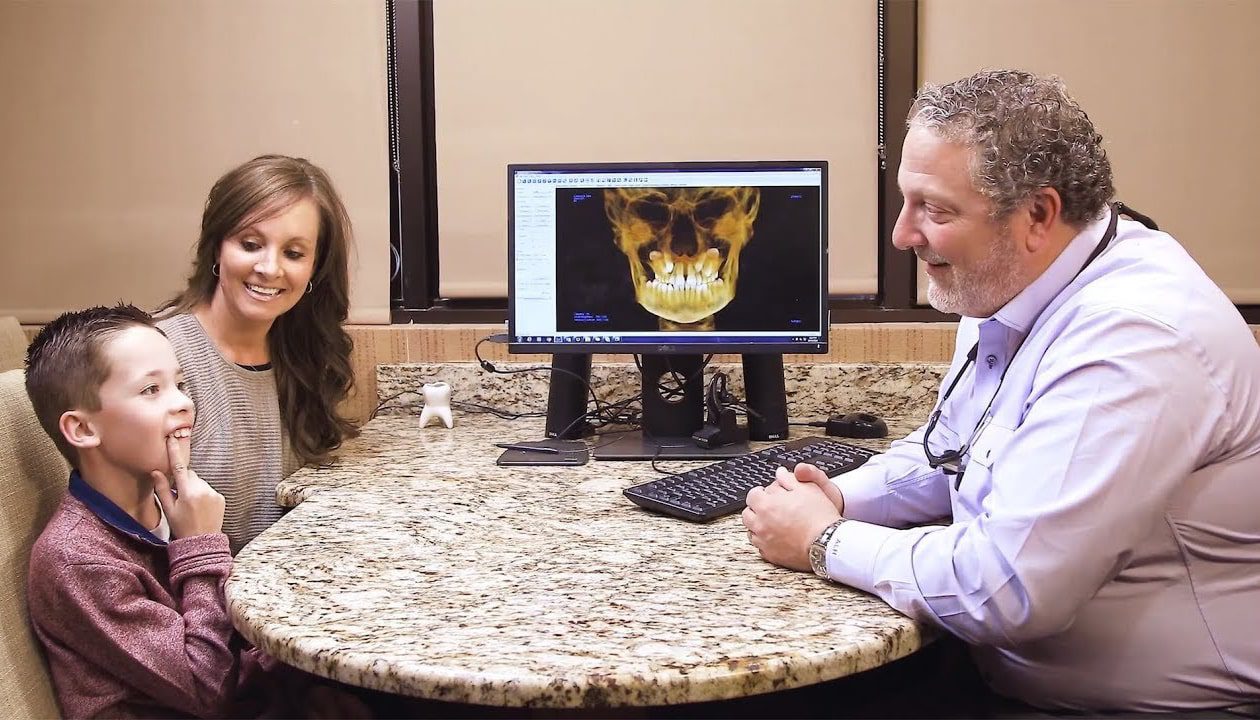
Meet our trusted orthodontists
Harwell & Cook Smiles in 3D

Superior
Accuracy
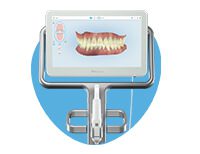

Comfortable
(no goop)


Tracks progress throughout treatment


Instant 3D smile simulator


Faster lab
turnaround


Exceptional
Experience

Experience your smile in


Education
Here are Harwell & Cook Orthodontics, we make sure you stay educated on your treatment plan the entire way.

When you come to Harwell & Cook Orthodontics, you’ll always have a smile on your face!

Experience
Dr. Harwell and Dr. Cook have unmatched years of experience. With Dr.Harwell being in practice for over 21 years, and Dr. Cook seeing over 15k patients, you won’t find a better orthodontic team!

Feel Special
When you come to Harwell & Cook Orthodontics, you will be made to feel like a VIP patient all the time.

With 8 locations and extremely flexible appointments, we can always fit your busy schedule.

Communications
At Harwell & Cook Orthodontics, you can expect our team to always communicate clearly and concisely.
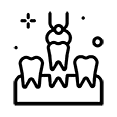
Treatment
At Harwell and Cook Orthodontics, we take a conservative approach, which means we participate in non-extraction treatment.

Orthodontics
VIP patients deserve the best treatments, which means Dr. Harwell and Dr. Cook stay up to date on all modern orthodontic practices.
teeth more efficiently and with the least amount of discomfort.
Our primary goal is to create beautiful, functional smiles for each and every one of our patients. Take a look at just a few dazzling smiles we have created!
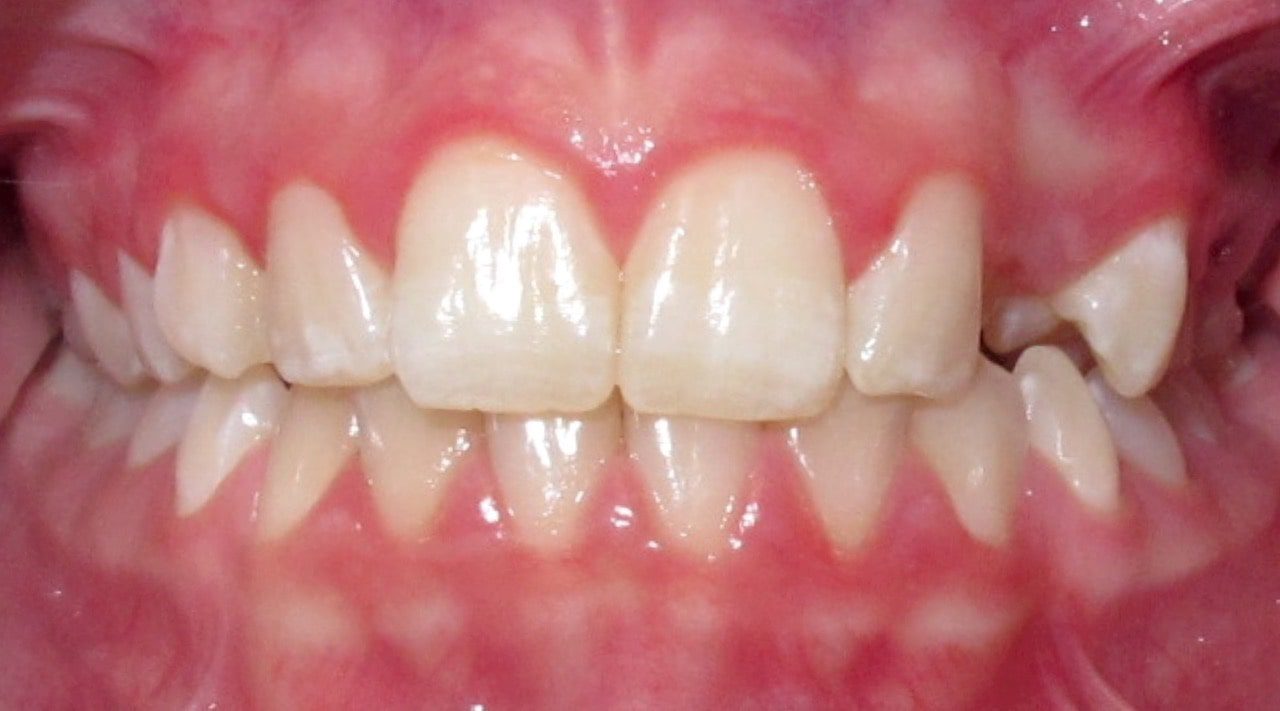
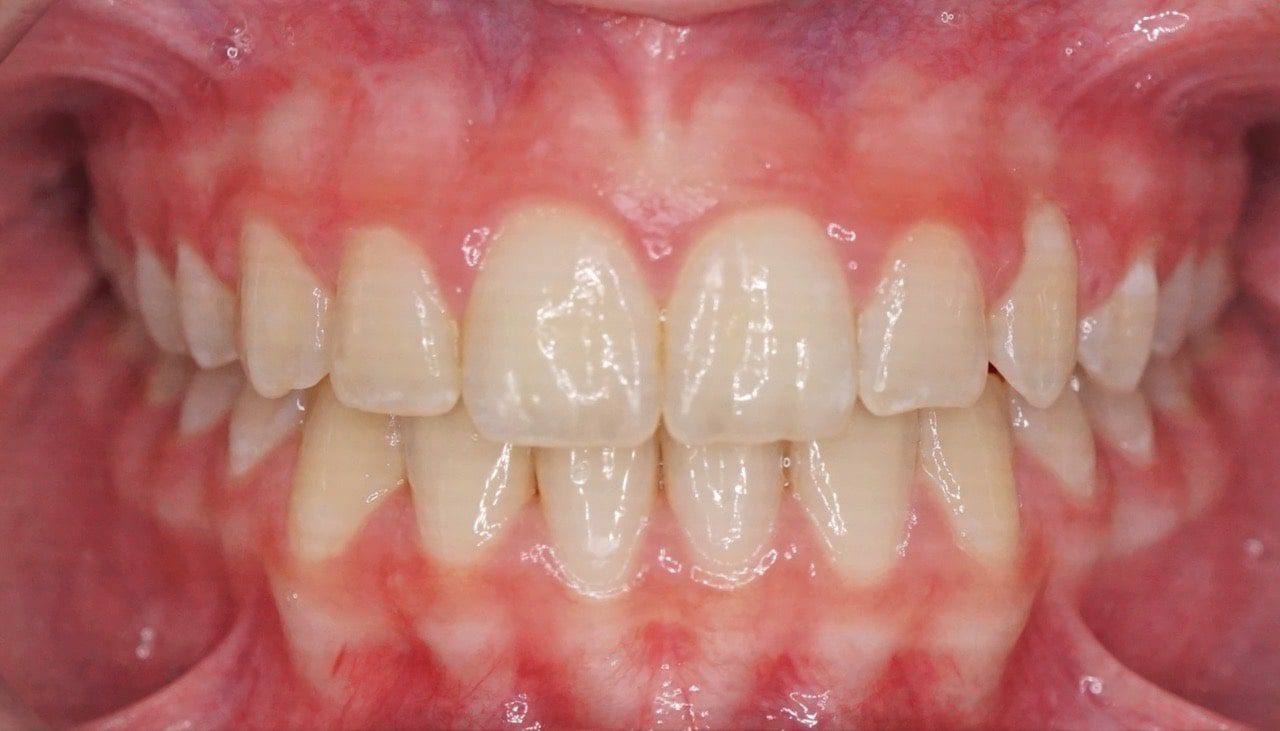
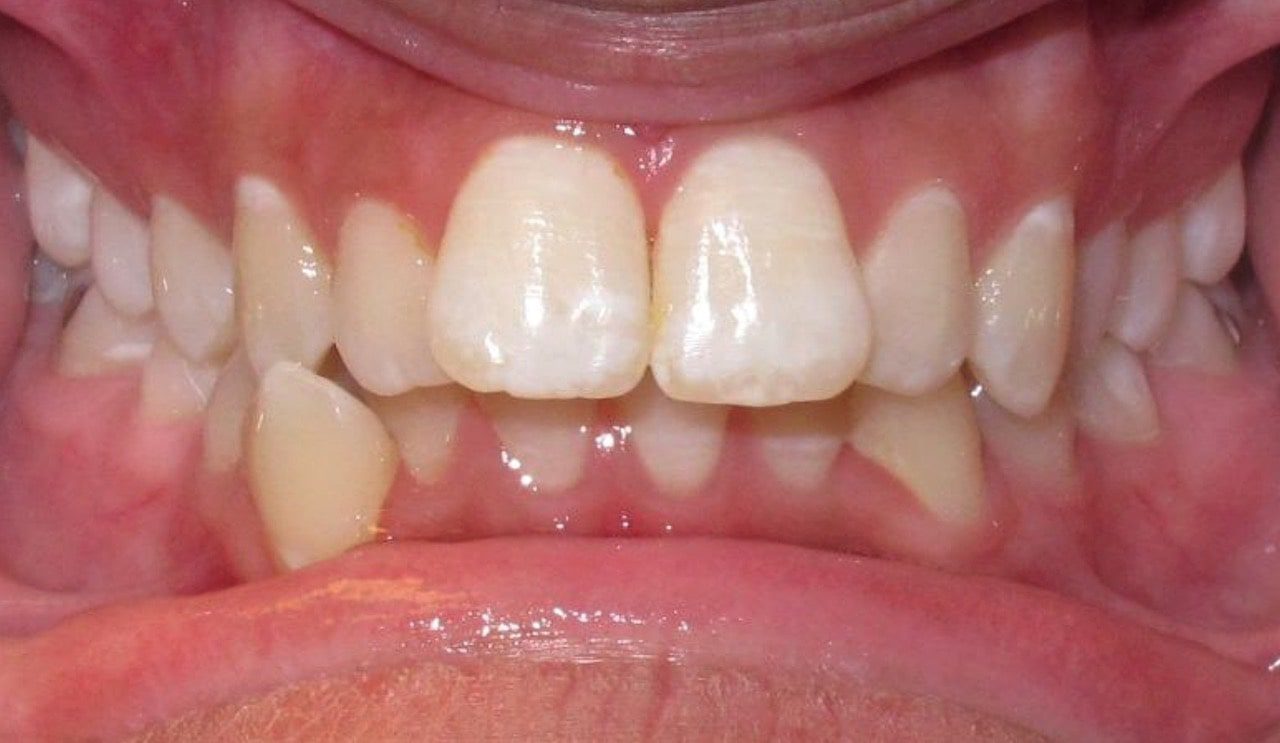
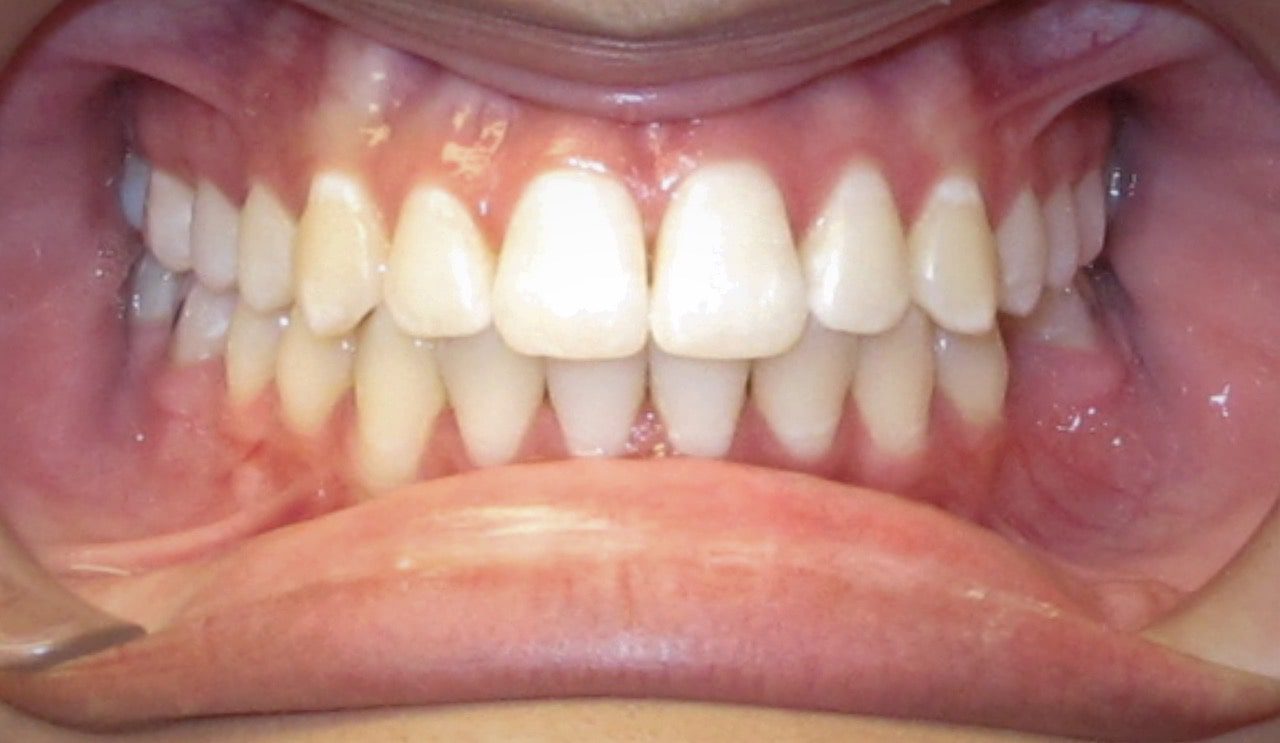
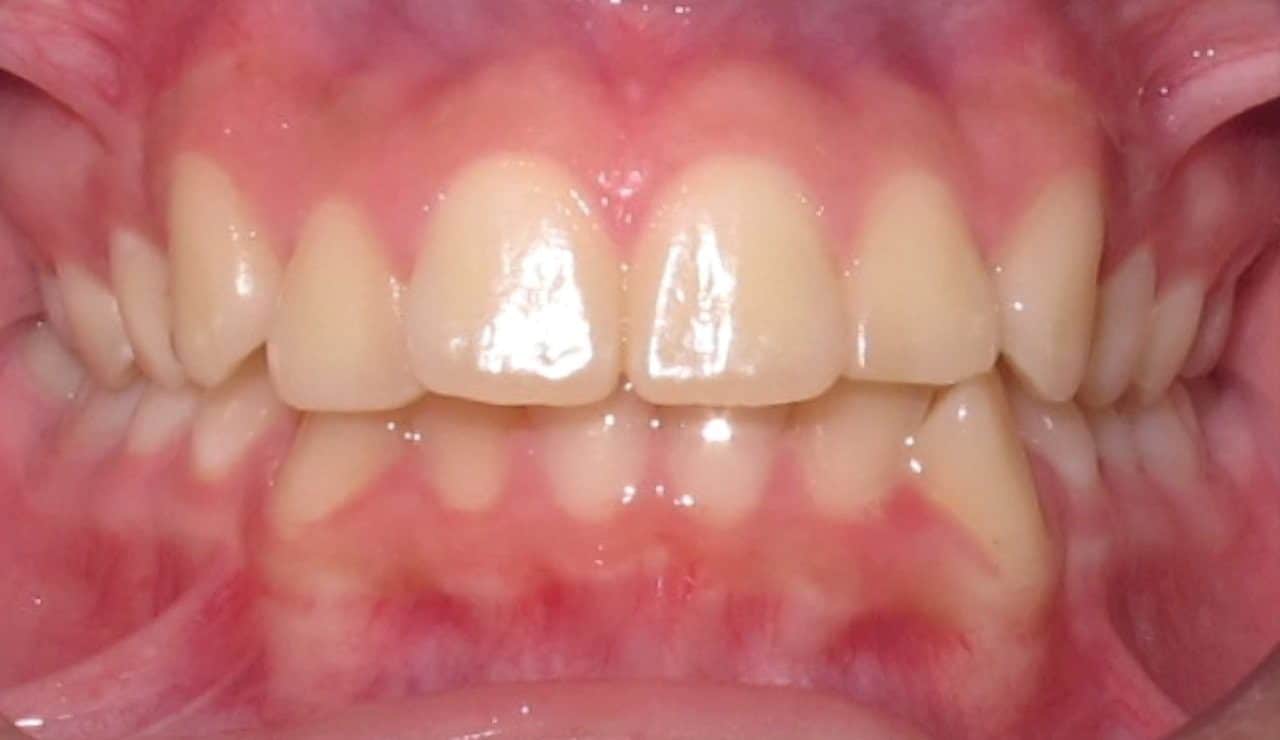
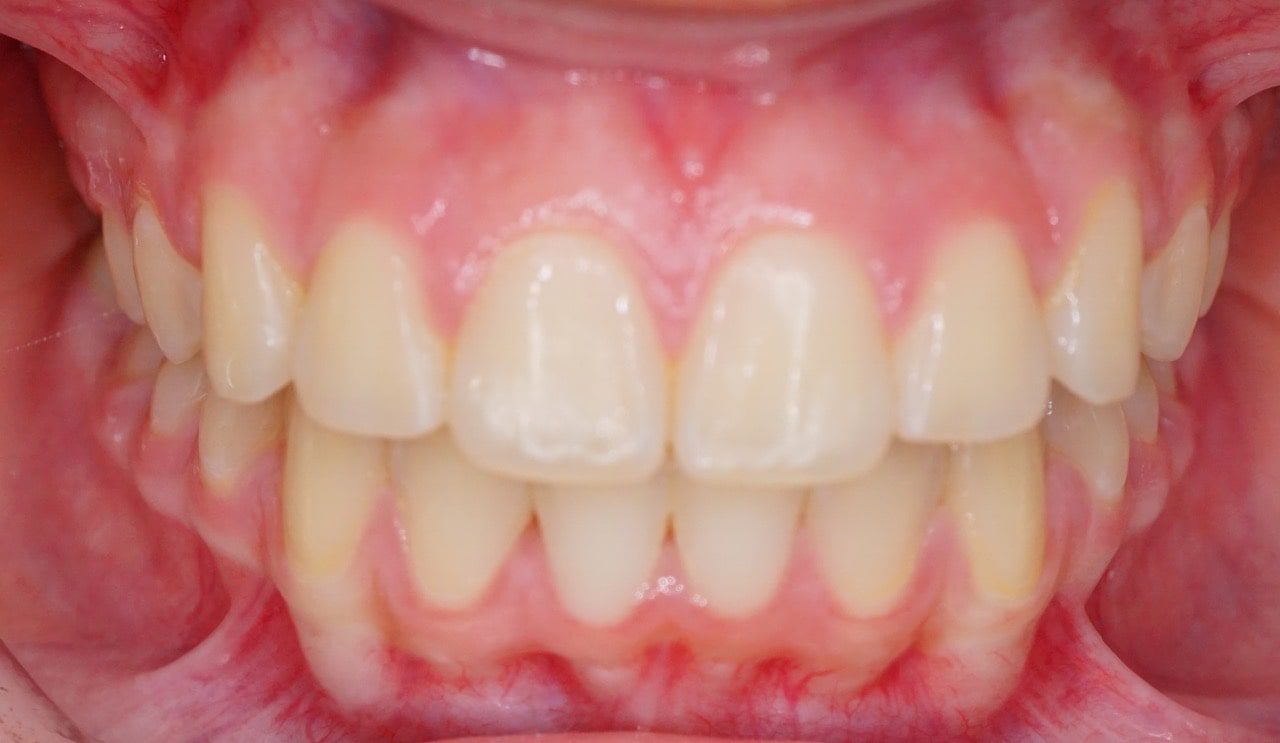
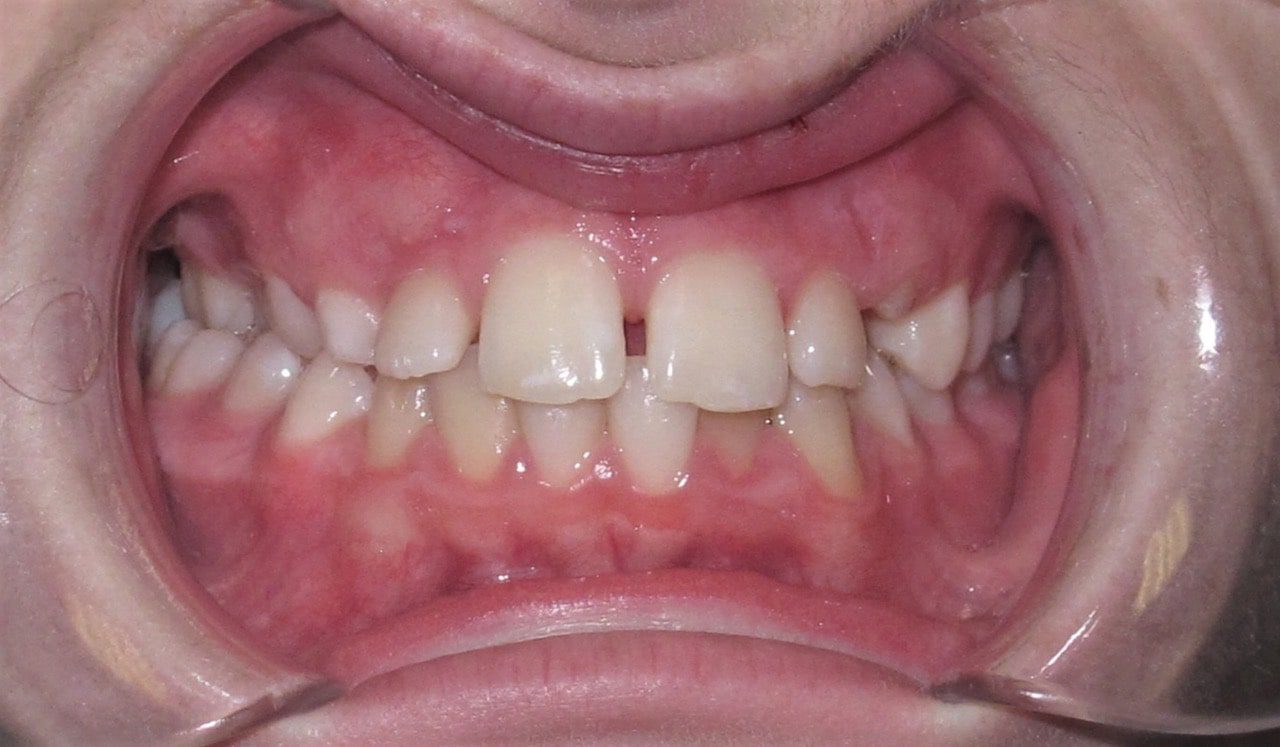
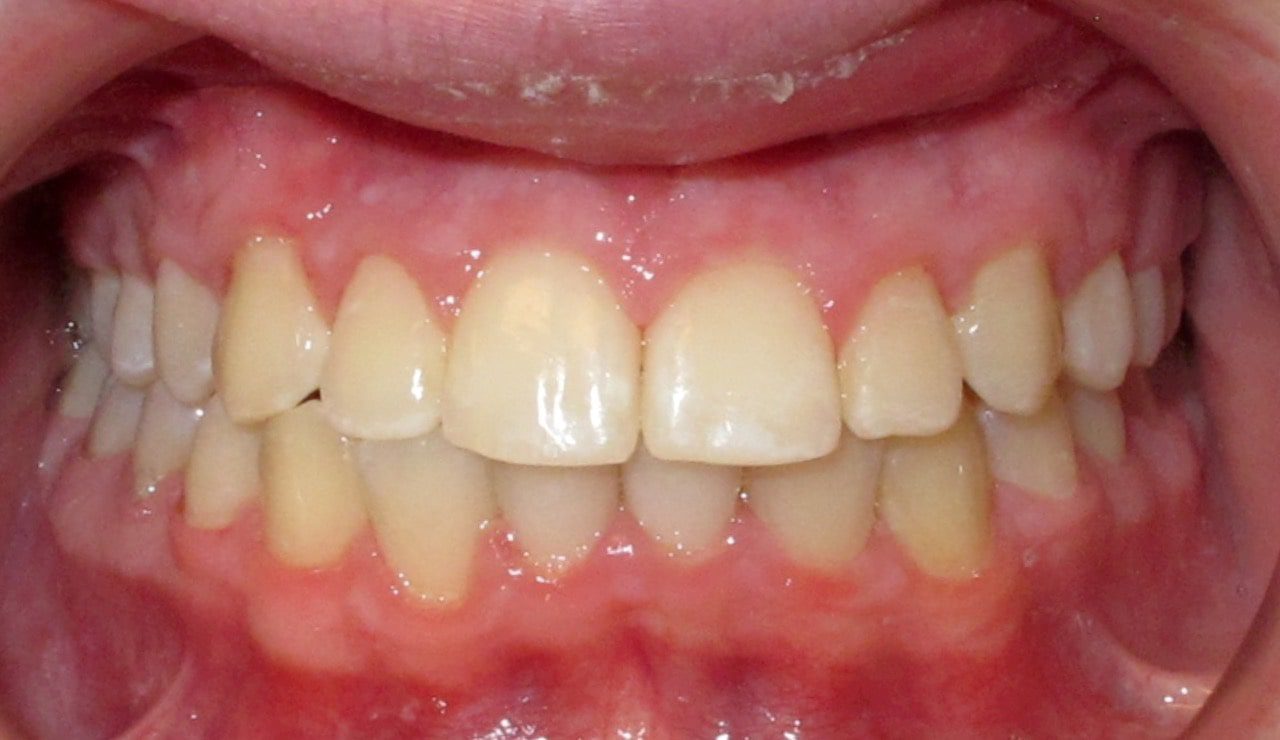
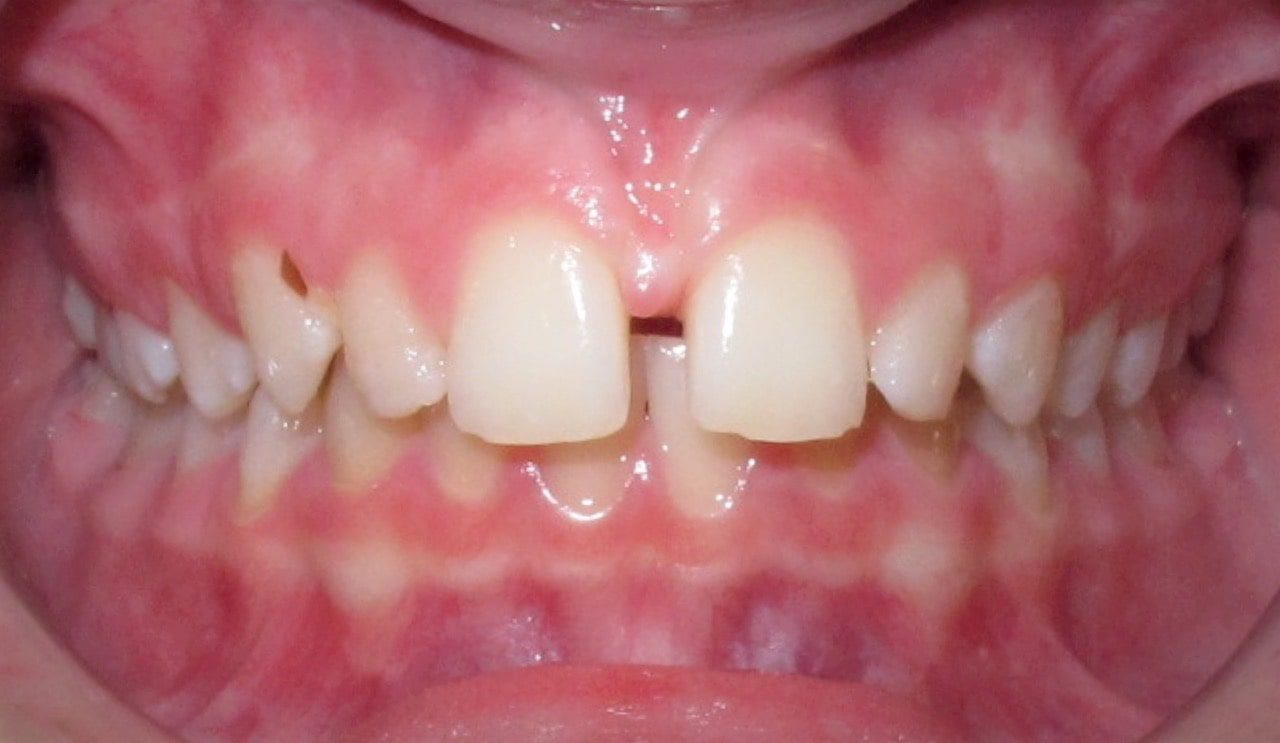
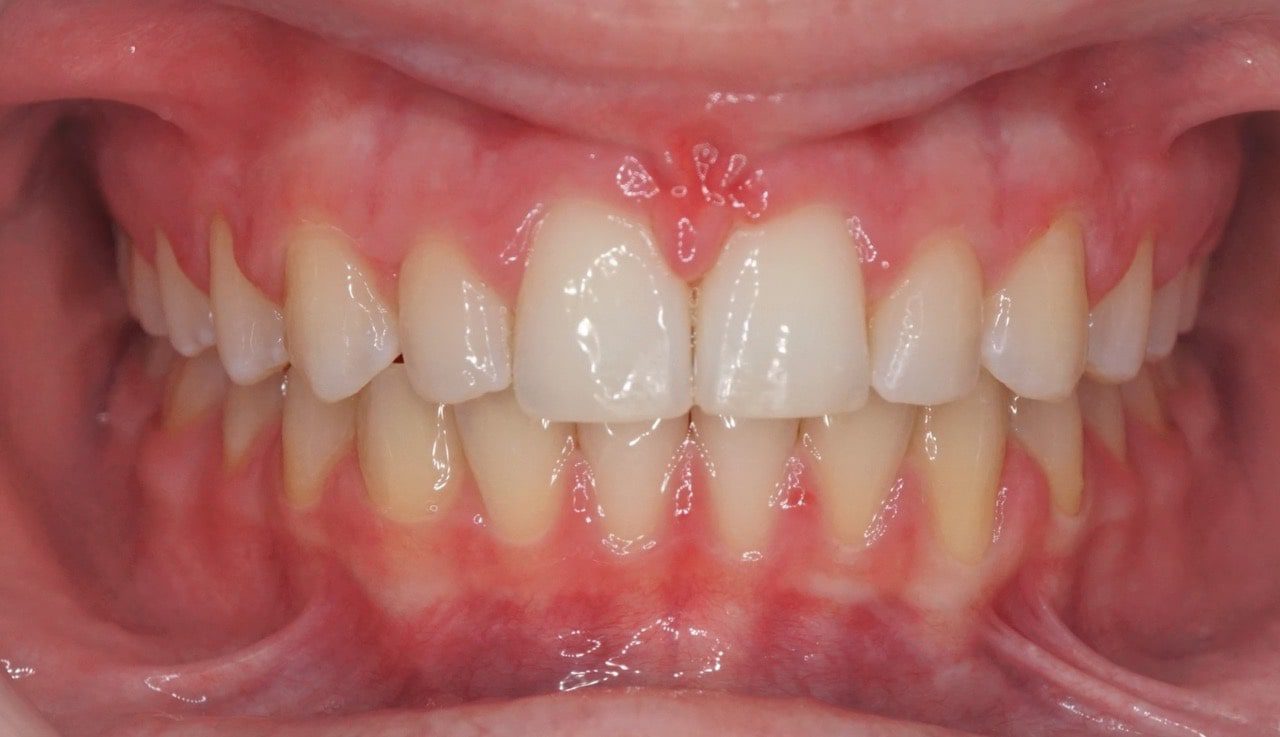
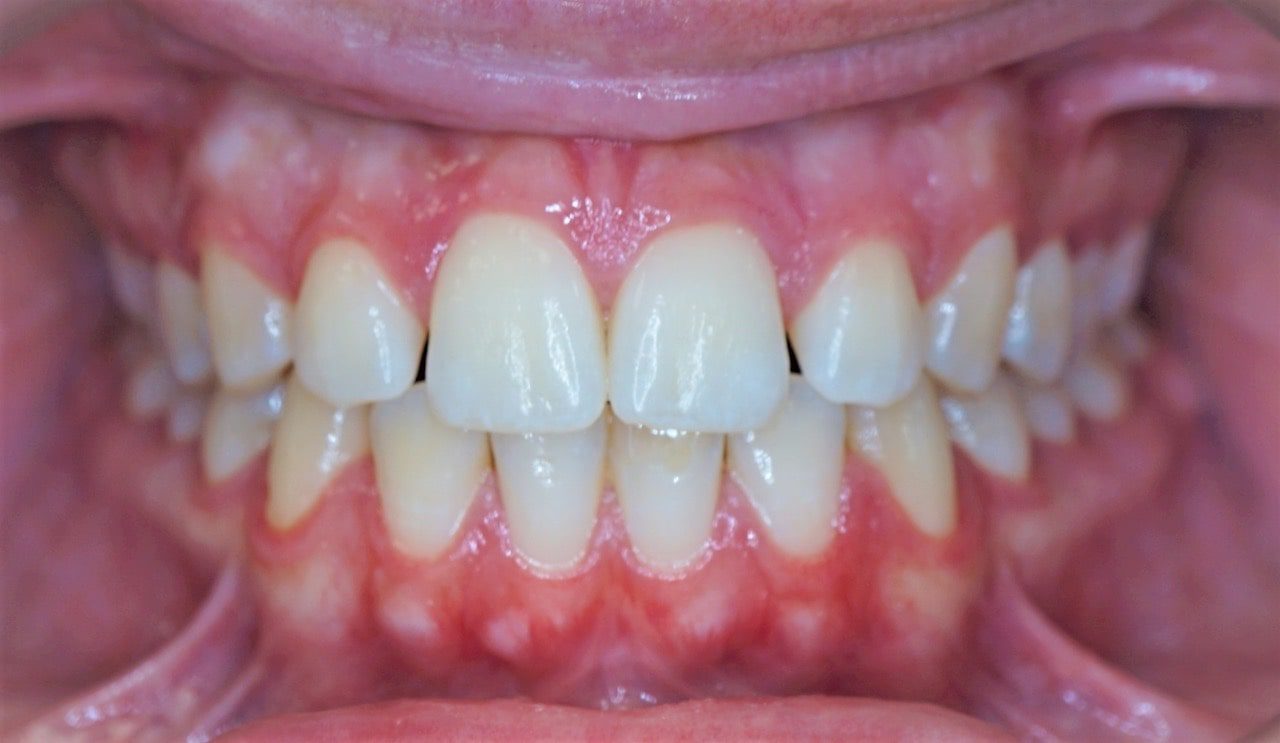


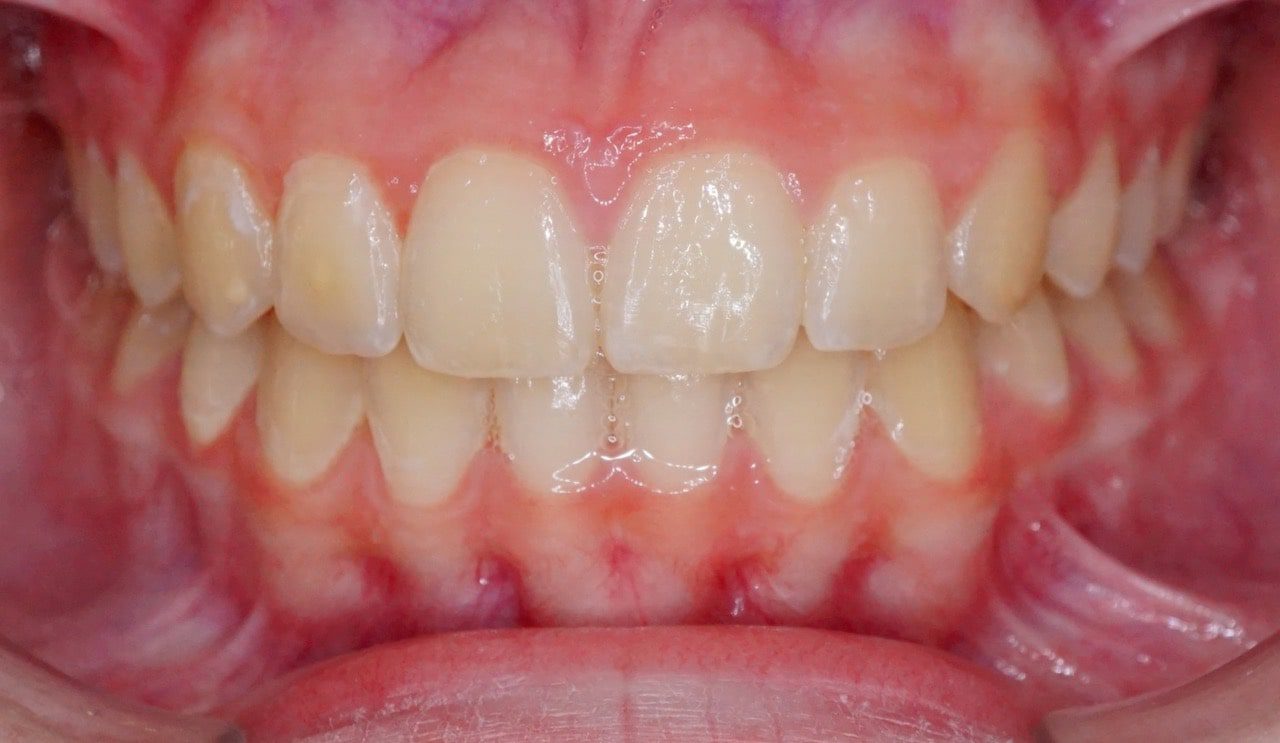


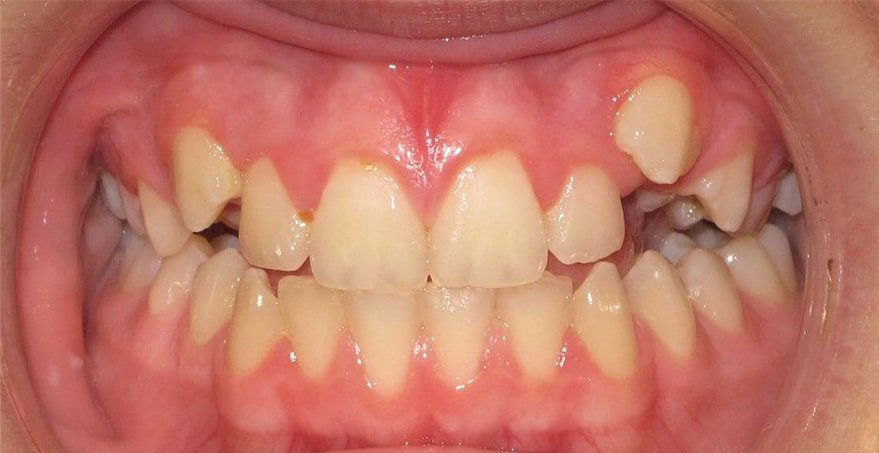
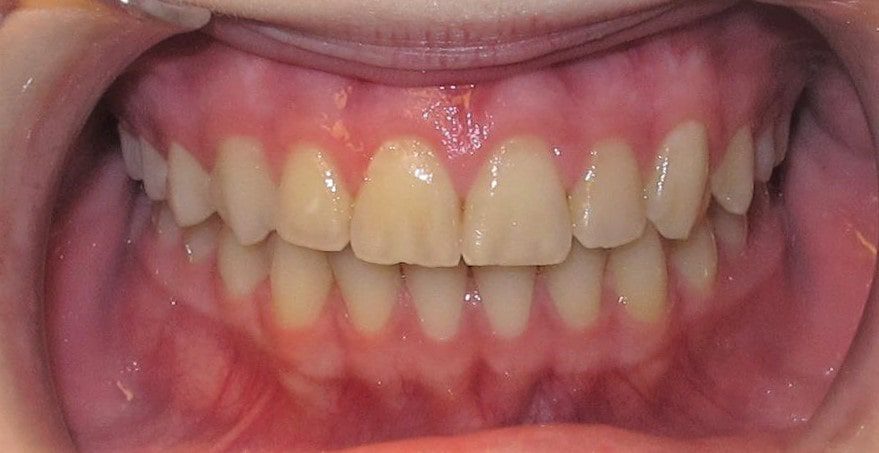
MEET THE DOCTORS
Our expert doctors, Dr. Anthony Harwell and Dr. Tanner Cook, are the dream team of orthodontics. Serving communities in the Texas and Oklahoma Panhandles, you will not find an orthodontic team more dedicated than these two.
Our greatest joy is seeing the happy smiles of our amazing patients! Take a look at some of our patient stories, and get a glimpse of what makes Harwell & Cook Orthodontics unique!
We Are Hiring
Come be a part of the Harwell & Cook orthodontic family! We are looking for friendly, caring, and talented individuals who love helping others and making people smile.
We get it. Choosing an orthodontist for a loved one, or even for yourself, can be overwhelming. That’s why we are here to help. Please don’t hesitate to reach out with any questions. We’d love to have the opportunity to get to know you and your needs, and to put your mind at ease!
